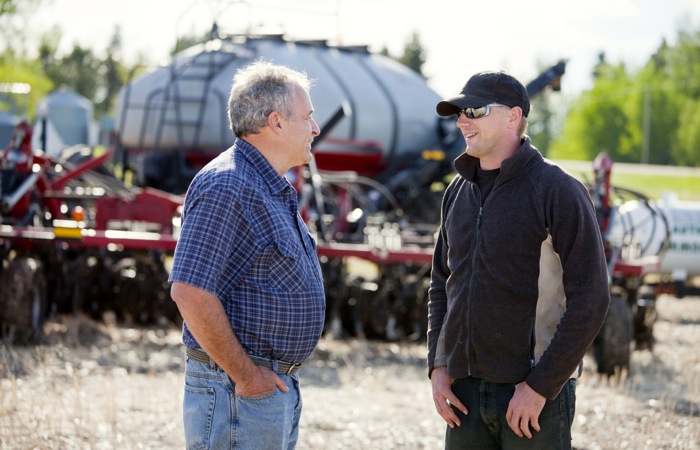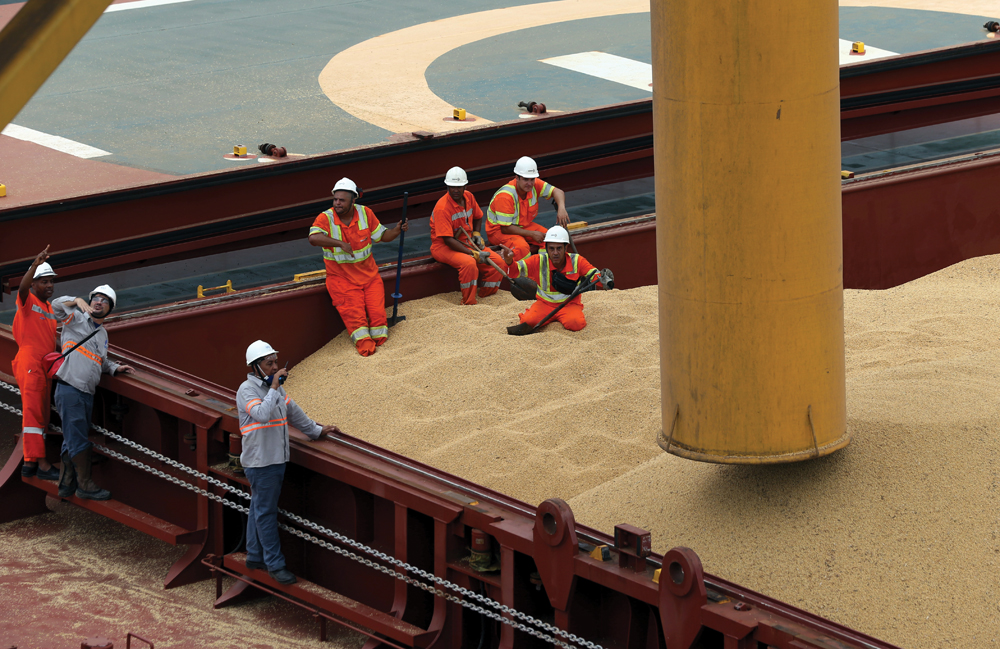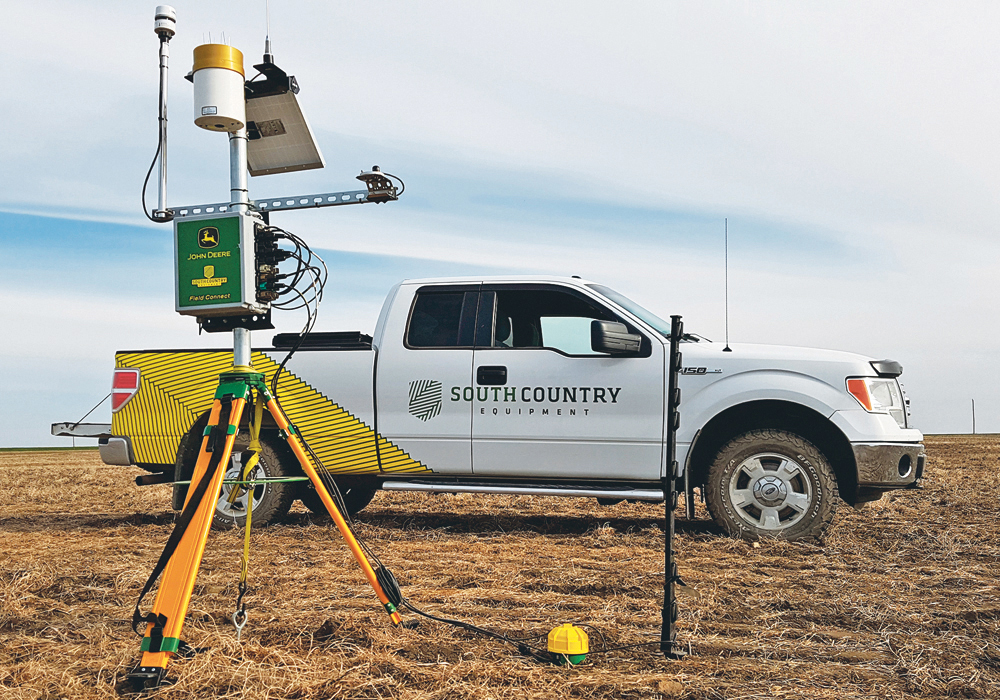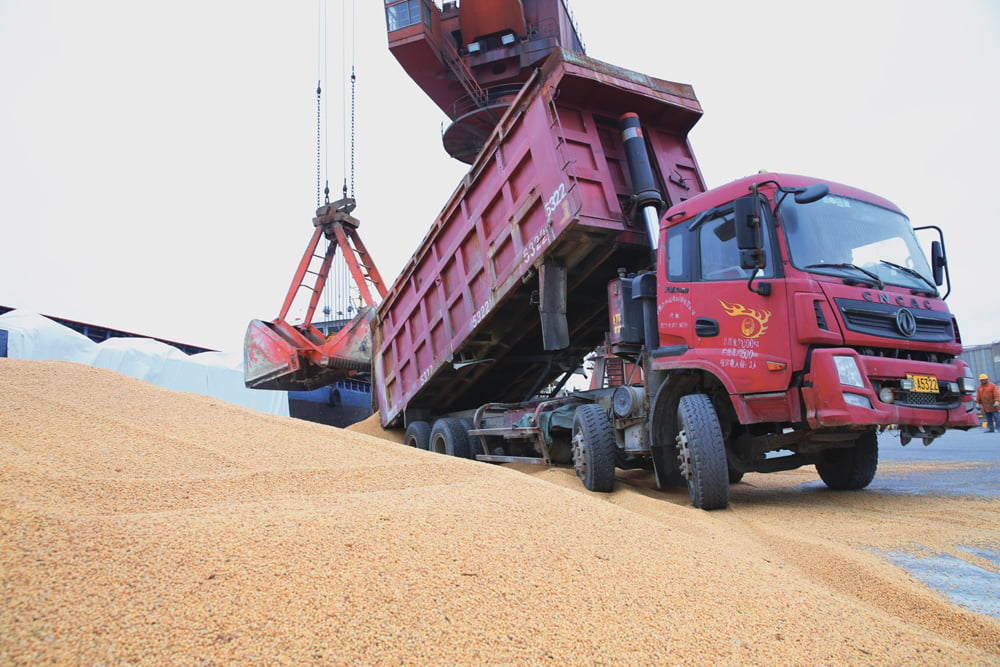The analogy may be outdated, but the old advice to farmers to sharpen their pencils applies to the financial conditions they will likely face during the next few years, says Mike Hoffort, president of Farm Credit Canada.
“We’ve gone through a rising cycle of farm incomes and now we’re entering a period when good management will be crucial for farmers,” Hoffort told the Canadian Federation of Agriculture annual meeting.
Farm cash income hit a record $15 billion in 2015, up six per cent over 2014. It’s projected by Agriculture Canada to decline by nine per cent to $13.6 billion in 2016, which would still be 14 per cent higher than the 2010-14 average.
Read Also
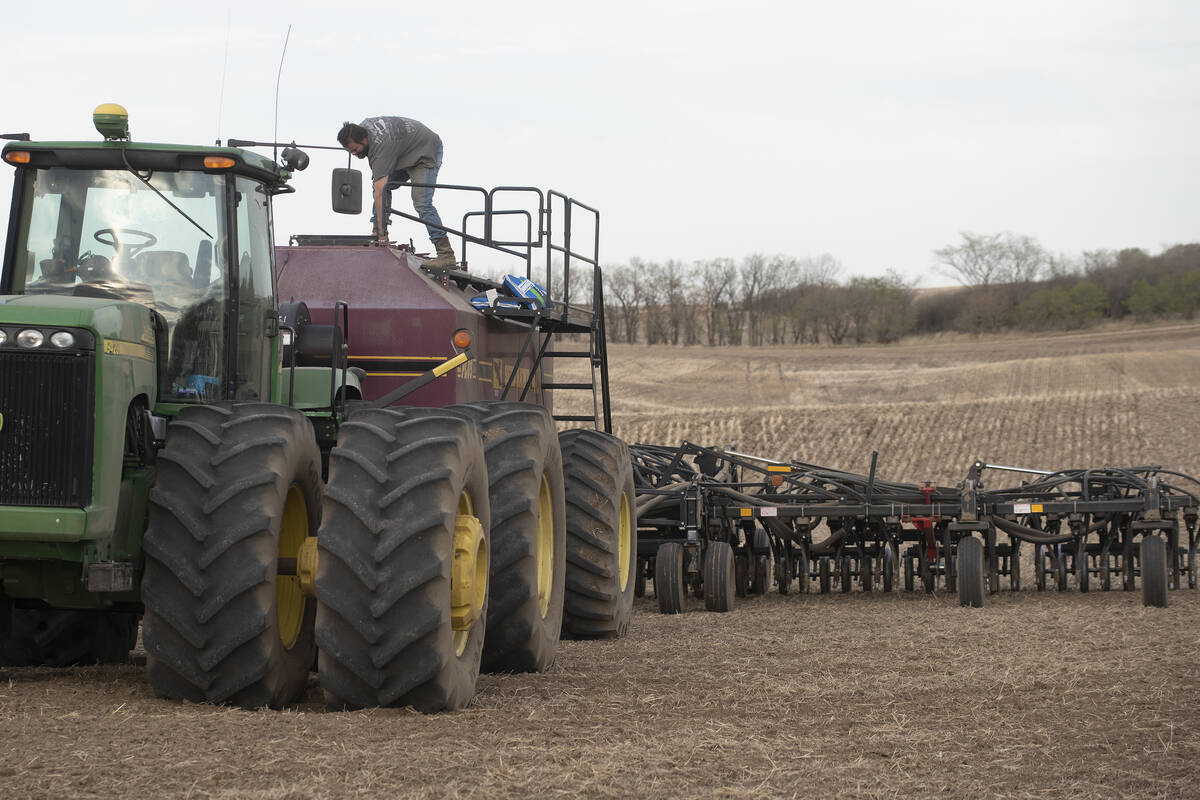
Nutrien pays farmers for efficient nitrogen
Nutrien’s Sustainable Nitrogen Outcomes (SNO) program pays Prairie farmers to limit nitrogen loss and, therefore, fertilizer-related greenhouse gas emissions.
Hoffort said the 2015 result was on track to match 2014 until the last quarter when pulse exports shot up and the loonie declined, making all Canadian exports more attractive, which boosted cash income of farmers.
The lower income this year will put pressure on producers this year. He cited the advice of Kristjan Hebert, a Saskatchewan farmer and financial adviser, who urges producers to adopt the five per cent rule to improve the financial performance of their farms through better agronomy, improved marketing or by cutting expenses.
While lots of good ideas are available through farm advisers, provincial agriculture extension services and other farmers online, this year would be a good occasion to hire professional advice to improve the farm, he said in an interview.
The most important step is “to be honest with yourself about what your strengths are,” he urged. Marketing is one area where knowledgeable advice could make a big difference.
For crop growers, improved agronomy might be the best route, while dairy and poultry farmers will have to focus on cost cutting, he said.
Among the positives for farmers is low interest rates, which should last through 2017 and even longer, he said. “The rates are remarkably low; it’s a good-news story for farmers.”
The loonie trading at 72 U.S. cents will be a boon for commodity exports although it will mean higher input costs. The currency drop added $100,000 to the cost of the 350-horsepower, four-wheel-drive tractor.
The rise in farmland value has slowed, holding the increase in farm debt to four per cent and it will continue to rise at lower rates than in recent years, he said. Many farms made major equipment investments in recent years and are generally in good shape.
While weather is a major issue in food-producing parts of the world, it looks like Canada should be in for a normal growing season, he said. Among FCC’s 100,000 customers, “just under 99 per cent have healthy balance sheets.”
The 2014 farm debt-to-asset ratio is 15.2 per cent and the farms have $445.2 billion in equity.”
One troubling number is the growth in Canada’s agri-food trade deficit. Hoffort said it rose to $3.5 billion in 2014 compared to $1.9 billion in 2010. “We’re bringing in a lot more imported foods.”

